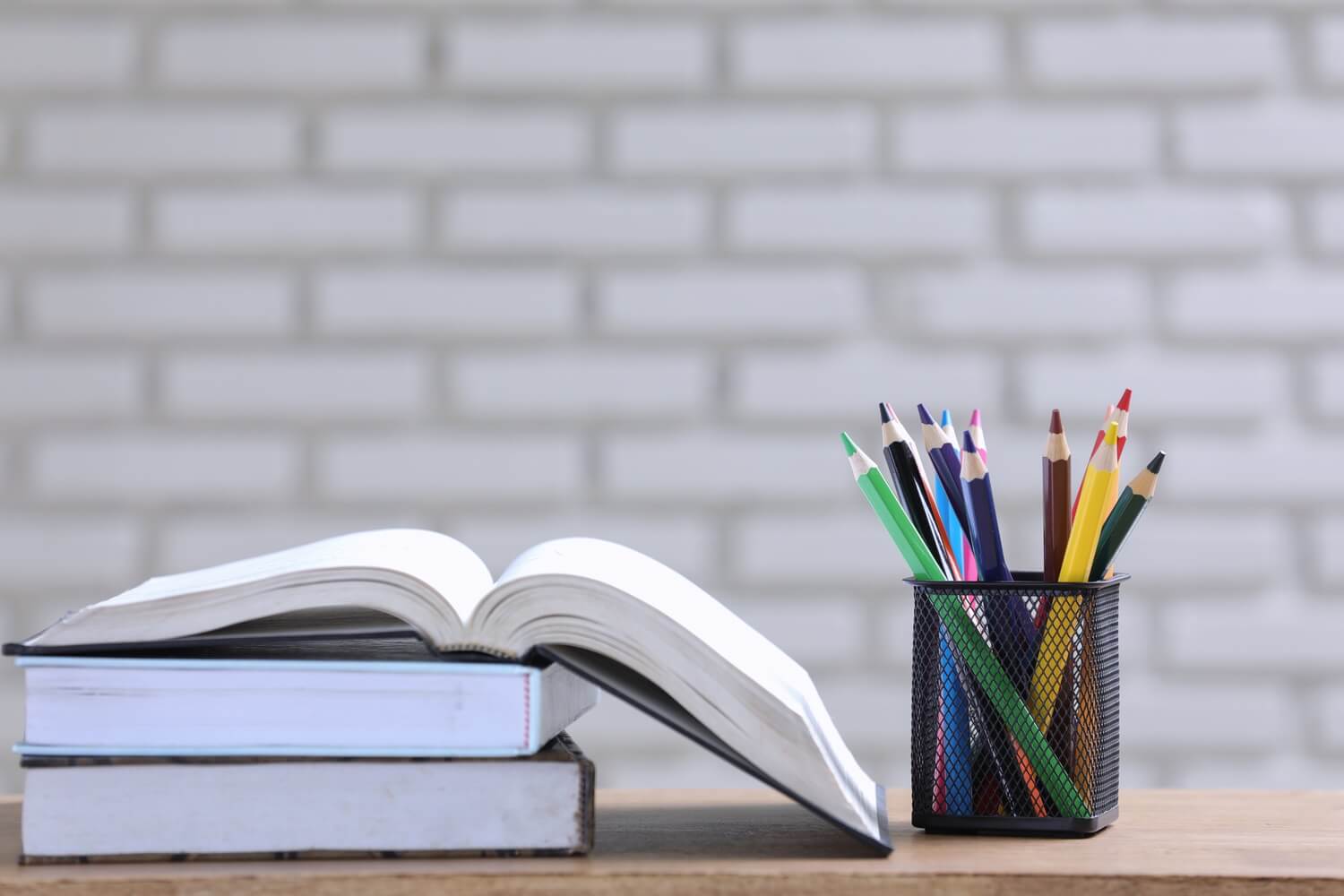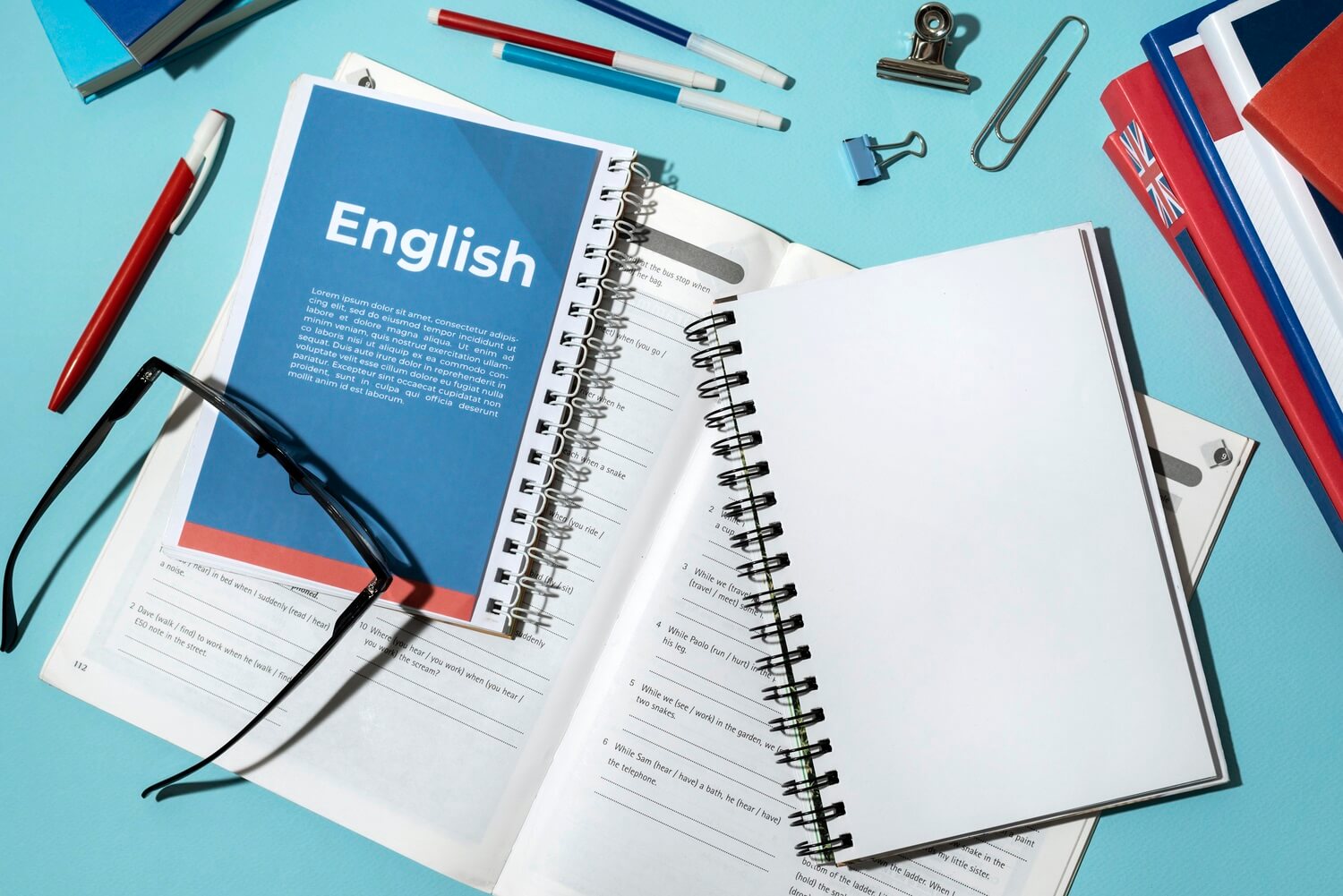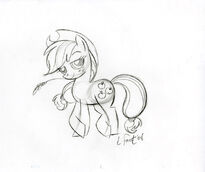By Charlie Lewis – March 2023
For those who identify as trans-masculine, non-binary, FTM, or for anyone who simply want to explore gender expression through makeup, it can be daunting to parse through the binary world of makeup tips. This article will guide you through techniques that allow people of any gender identity to emphasize their features in a way that reads as masculine. We’ll explore the transformative power of makeup to enable anyone to move through the world confidently. This article will be coming from my perspective as someone who was assigned female at birth (AFAB) and identifies as trans-masculine, and will mostly feature pictures of drag kings/performers who have perfected the masculine look, but this article is for anyone who wants to use makeup to achieve a masculine presentation.
What is “masculine” makeup?
Masculine makeup plays off societal expectations around what a masculine person looks like. If you use makeup in a way that makes you look and/or feel more masculine, that is masculine makeup. But it is essential to first understand that makeup can be used anyone regardless of their sex assigned at birth or gender identity. Someone can identify as a man and wear eyeliner and lipstick, just as someone who identifies as a woman rocking facial hair.
In fact, throughout much of its recorded use, makeup was considered a gender-neutral tool of expression. It’s only in more recent eras, beginning in the nineteenth century, that make-up specifically became associated with women and femininity. Makeup is essentially a tool of play, allowing you to experiment with what makes you feel most confident/affirmed in yourself. However, for those who wish to be read as masculine by the world around them, and those who are looking for masculine affirmation in their appearance, these makeup tips might be helpful.
How to Use Makeup for a More Masculine Look
Use the right tools
When applying makeup, the right tools differentiate between careful work and messier results. If you don’t have these tools, using what you have is okay. Buying the most expensive version of an application tool or makeup product is unnecessary. When you’re in the experimentation phase, products from the drugstore are just as usable as those bought from expensive retailers. You can find many tools designed to help with makeup application, and it can be challenging to sort through them. While there’s a seemingly endless variety, we’ll start with the basics to achieve the techniques described below.
Begin with a flat-tip foundation brush or a beauty sponge (I prefer the ones with a flat side and a rounded/pointed side, but there are many shapes). A blending tool is necessary for most steps of this makeup routine, I use a short bristle blending brush, but you can use a sponge to blend and apply— include a short flat brush for contour and a longer, looser brush for highlighting. A brow comb or a stippling sponge is helpful for eyebrows and facial hair. A loose powder brush should top off the tools needed for these tips.
Create a base layer
For best results, begin with a freshly washed and moisturized face. Pull your hair back if it’s long enough to hang in your face. If you already have facial hair or peach fuzz, you can shave it to create a smooth surface or keep it to emphasize later.
Primer is an excellent tool for creating a smooth and uniform base layer. It works by filling in your pores and color-correcting or pre-highlighting your facial features. Begin by smoothing primer over your face with your hands or a soft-bristle brush.
You can move on to future steps or use a base layer to create a more developed makeup look. Apply a thin base layer of foundation or tinted moisturizer from here. Tinted moisturizer is lighter and has less full coverage than a traditional foundation. It allows you to avoid a cakey base which can be a giveaway that you are wearing makeup.
Use a beauty blender-style sponge or a flat-tipped foundation brush to apply the base layer evenly over your face and neck. Use a stippling motion as you apply your base layer for the most even coverage.
After applying your foundation or tinted moisturizer, you may go over any blemishes or “problem” spots (such as dark under-eye circles or rosacea) with a concealer. Leave foundation and concealer on for 5-10 minutes, allowing the makeup to “bake” before blending with a round short-bristled brush.
Apply masculine contour
Jaw
A sharp, angular jaw is generally associated with masculinity, whereas soft, heart or round face shapes will read as more feminine. You can achieve the appearance of a squarer, more angular face by contouring along the bottom line of your jaw.
Applying a dark powder along the edge of your jaw from your earlobe to your chin on each side will make your face appear more angular and easier to read as masculine by those around you. You can contour up to your temple if you want to affect your face’s shape further.
Cheekbones
Masculine faces feature more angular cheekbones with sunken appearing cheeks. Begin by applying a thick contour line from your temple to just outside the corner of your mouth. If you already have facial hair, follow the natural line of your beard/shadow. If you don’t have facial hair, suck in your cheeks, and follow the line created by this motion. Follow this by drawing a vertical line from the end of this contour to your jaw, creating an L-shape.
Chin
Utilize contour to make your chin appear more masculine. Apply it to the point of your chin, using a vertical line to create a cleft chin. Draw a semicircle on the top edge to create a more defined chin. Create a horizontal line on the bottom to create a wider-looking chin.
Brow
Another way to appear more masculine as someone who was AFAB is to bring the brow down and forward. You can achieve this by applying a contour line to either side of your forehead, above the eyebrows, and touching the hairline. Contour along the top of your hairline to make the forehead appear taller and wider. Brush some contour on the bones just under your eyebrows to continue creating the appearance of a lower brow.
Nose
Masculine faces often have larger and more angular nose shapes. After applying contour to your brow bones, you can contour straight lines from the edge of your brows down the sides of your nose. The further apart the lines are, the wider your nose will appear.
Allow the powder to sit on your face for several minutes before blending it in with the rest of your makeup, using a stippling motion to keep the lines tight. You may continue to do more layers of contour until you have your desired level of definition.
Apply highlight to your forehead’s center, the top of your cheekbones, your nose, above the eyebrows, and on your chin. Highlight allows the contour to work best and ensures your face has natural-looking dimensions.
Add color
When using makeup for a feminine appearance, bright, bold colors come through eye shadow, lipstick, and blush. You can bring in color subtly when creating a more masculine makeup routine. However, it’s up to you how colorful you want to be, and you can always add more if you’re feeling bright or expressive. If you finish using foundation, contour and highlight and feel pale or like you need more dimension, then these tools can be helpful.
Apply a very light layer of blush or bronzer along the tops of the cheekbones and across the bridge of the nose, creating a slightly sunkissed look. Apply just enough so that the line is even. You can use a light powder brush with long soft bristles for this. You can also lightly add bronzer to your hairline and on top of the contour to add more dimension.
Fill in eyebrows
One difference between a traditionally “feminine” appearance and a masculine one is the shape and darkness of the eyebrows. A feminine-appearing face tends to have thin, curved, light eyebrows. In contrast, a masculine one has more square, thicker, darker, straighter brows.
To enhance the masculine appearance of your brows, take an eyebrow pencil and draw the brow’s shape. Follow the general shape of your natural brows as you go. Make a vertical line on the inside edge of your brow. Draw a straight line across the top, ending in a sharp downward angle. Connect with a horizontal line along the bottom.
After outlining the general shape, you can fill in the brow itself. You can use the same eyebrow pencil to create small lines which go in the natural direction of your eyebrow hairs. Another helpful tool is eyebrow mascara, specifically designed to darken and add volume to brow hairs, just like eyelash mascara. Using a dark powder or contour to fill in your brows can also be effective, but be careful with the density of the powder. Follow these techniques by combing the brows with an eyebrow brush.
Consider Facial Hair
A significant aspect of appearing more masculine is visible facial hair or shadow. When someone assigned female at birth begins hormone replacement therapy, usually injecting testosterone or using testosterone gel, their hair follicles are stimulated and grow longer, coarser darker hair all over the body, including the face and neck. If you have no interest in facial hair, you can move on. However, for those of us who were AFAB or are unable to grow facial hair naturally, the gender euphoria of being able to see yourself with a beard, mustache, or other facial hair is revolutionary.
Techniques to create facial hair appearance
There are several techniques for enhancing or creating the appearance of facial hair; we will go over several of the most common ones.
- Use an eyebrow or eyeliner pencil which matches your hair (it can also be a shade lighter or darker, as natural facial hair is often a shade off from head hair). Begin to make small lines where you want to create the illusion of hair. Layer these lines until you have the shape/thickness you want.
- A dark grey or brown powder, such as eye shadow or contour, can create a realistic 5’oclock shadow look. Apply evenly to the area above your mouth and lower cheeks with a brush or sponge.
- Using eyebrow mascara, gently apply the product to peach fuzz or existing facial hair until you achieve the shape and darkness of the facial hair you desire.
- An old theater trick, use a stippling sponge (which looks a bit like a brillo pad, don’t worry, it’s not that rough) to apply powder or grease paint in a facial hair pattern.
- There is also fake facial hair, which you can apply with eyelash glue or spirit gum if you want the most realistic facial hair look.
Styling facial hair
How you style your facial hair is up to you, but here are some top looks for trans-masculine people.
- The chin strap is one of the more straightforward looks to pull off, mainly adding hair to your jawline contour.
- The mustache is another simple one, as it only requires you to focus on one area of your face.
- Sideburns or mutton chops are also well-loved styles, as that is an area where hair tends to grow naturally on all faces, which you can darken and shape to appear more masculine.
- The soul patch can stand on its own, or you can add it to any other facial hair looks.
- The full beard! This style will take the most effort but can be hugely rewarding when finished.
Do not overlook eye makeup
Your eye is an area where you can play and go loud and unconventional! Makeup has no gender, and eye shadow and liner can be excellent artistic tools. You can use these tools like paint and pens, and there are no limits. You can use brushes, sponges, or even your fingers to apply shadow to your lids and the area around your eyes.
If you’re trying to be more subtle in your masculine presentation, use a dark shadow or contour, and fill in the crease of your eyelid to add depth, which also helps bring the brow down. Putting eyeliner on the outer edge of your water line of the bottom lid will help make the eyes look wider and more prominent. If you want long eyelashes to frame your eyes, use a thin mascara brush to avoid clumping and apply it to your upper and lower lashes.
In this article, we shared our tips to present a more masculine look using makeup. You can use these tips regardless of your sex assigned at birth or gender identity. For more ways to explore your identity, check @offbinary on Instagram.
References
Beautyblender. “Celebrating the History of Drag Makeup for Pride Month.” Beautyblender, 25 June 2021, beautyblender.com/blogs/beauty-101/history-drag-makeup. Accessed 13 March 2023.
Matthias, Meg. “Why Did We Start Wearing Makeup?”. Encyclopedia Britannica, 18 Mar. 2021, https://www.britannica.com/story/why-did-we-start-wearing-makeup. Accessed 13 March 2023.
Plume. “What are gender dysphoria and gender euphoria?” Plume Health. 20 Sept. 2022, https://getplume.co/blog/what-are-gender-dysphoria-and-gender-euphoria/. Accessed 13, March 2023.
Charlie Lewis (he/him/his) is a queer non-binary writer and filmmaker based out of Portland, OR.






